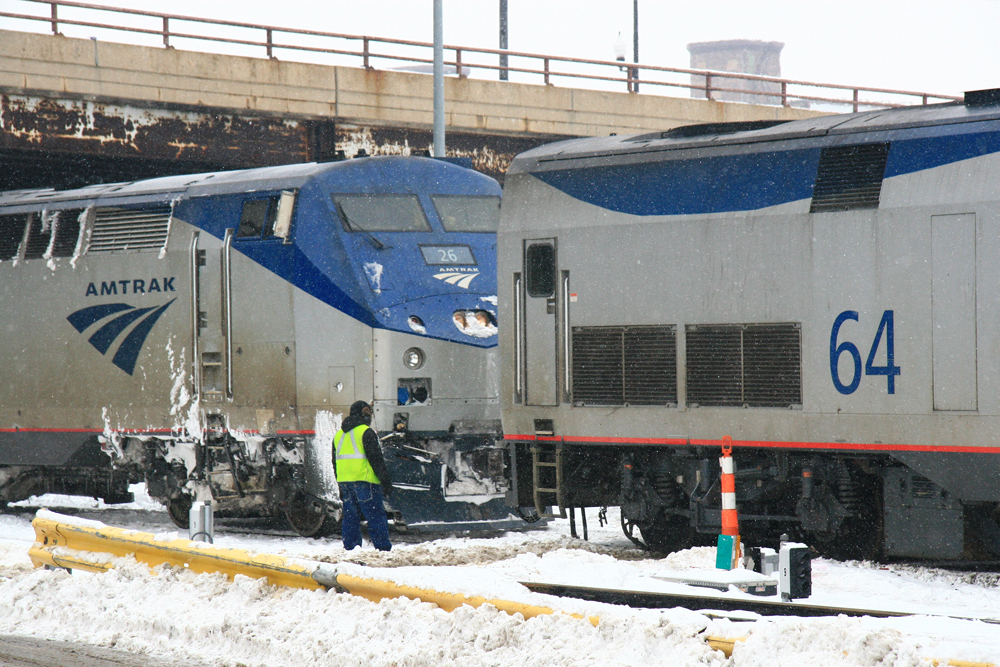
CHICAGO — Amtrak continues to assess efforts to operate in subzero Midwest temperatures and make cancellation decisions less than 24 hours before departures.
In a remarkably candid email addressed this morning to “Supporter of Passenger Rail” and obtained by Trains News Wire, Amtrak’s veteran Chicago-based government affairs director, Derrick James, outlined the latest cancellations through Wednesday.
He explains, “Amtrak leadership will continue to marshal its workforce in shops and maintenance facilities to get equipment that has failed because of extreme temperatures back in service as quick as possible. The extended brutal dip in temperatures will, frankly, make that challenging in the coming days.”
James adds, “Our priority will remain keeping customers safe, so in some instances not dispatching trains into conditions that jeopardize our passengers and crews is the wisest course.”
Empire Builder departures are now cancelled in both directions through Wednesday, Jan. 17, over the train’s entire route, leaving 37 communities it exclusively serves without a train in at least one direction since Wednesday, Jan. 10.
None of the westbound long-distance trains — the Builder, Southwest Chief, Texas Eagle, or California Zephyr — departed Chicago today. The City of New Orleans is only operating as far as Carbondale, Ill., but there is no advisory that mentions it isn’t running to or from New Orleans. The northbound City was terminated at the unscheduled stop of Gilman, Ill., yesterday, according to an Amtrak Alerts notice, though it was shown as more than 9 hours late into Kankakee, Ill., further north.
Elsewhere in the Midwest, the Chicago-Grand Rapids, Mich., Pere Marquette; Chicago- Port Huron, Mich., Blue Water; Chicago-Quincy Illinois Zephyr; and two Chicago-St. Louis round-trips leaving Monday and returning Tuesday are all cancelled.
Chicago remains under a National Weather Service wind-chill warning through noon on Tuesday, with forecast wind chills as low as 35 below zero, while a wind-chill advisory continues through 9 a.m. Wednesday with potential wind chills as low as 25 below zero. Temperatures are projected to reach the 20s on Wednesday and Thursday before dropping again.
In the west, the Coast Starlight continues to be annulled north of Oakland, Calif.; it hasn’t run on that segment since Jan. 10. Meanwhile, eight Cascades departures between Eugene, Ore. and Vancouver, B.C., have been cancelled through Tuesday. One of the six Horizon-equipped trainsets is out of service.
Amtrak used American Recovery and Reinvestment Act funds beginning in 2009 in part to winterize its Chicago servicing facilities, but many activities continue to take place outdoors. Cancellations of this magnitude last occurred in the winters of 1978-79 and 1979-80 when the company was still dealing with steam-heated heritage equipment. In that era, Amtrak sent frozen rolling stock down to New Orleans to thaw out.
The latest list of cancellations is available here.
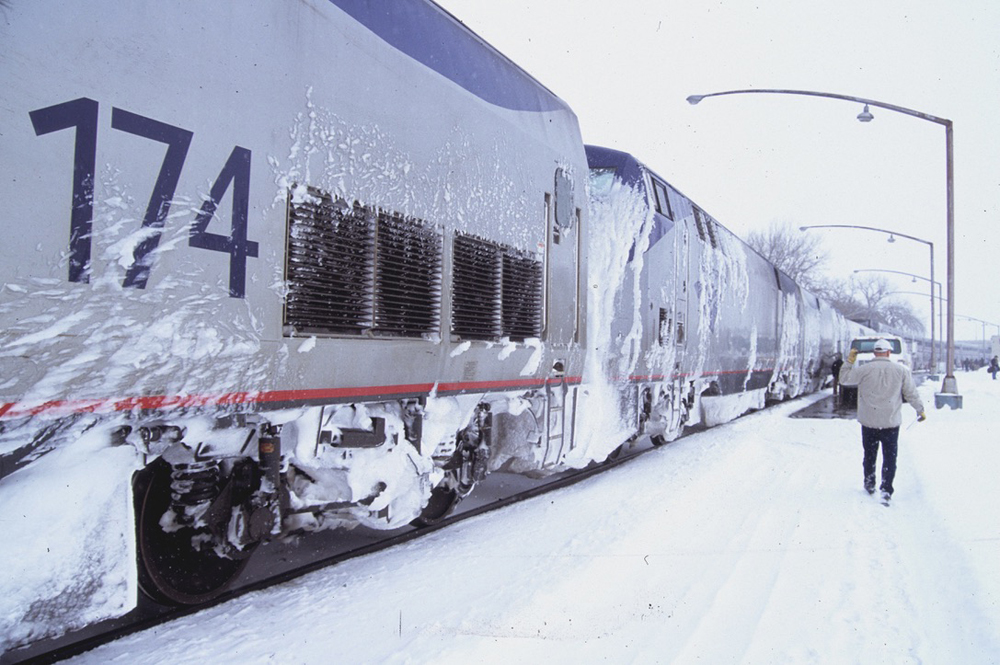






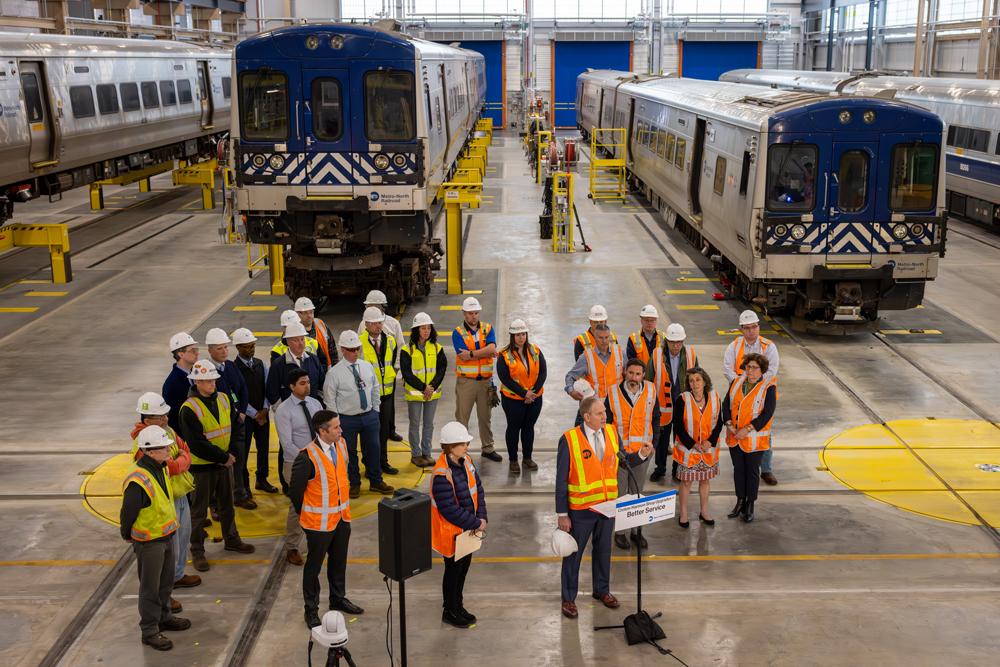
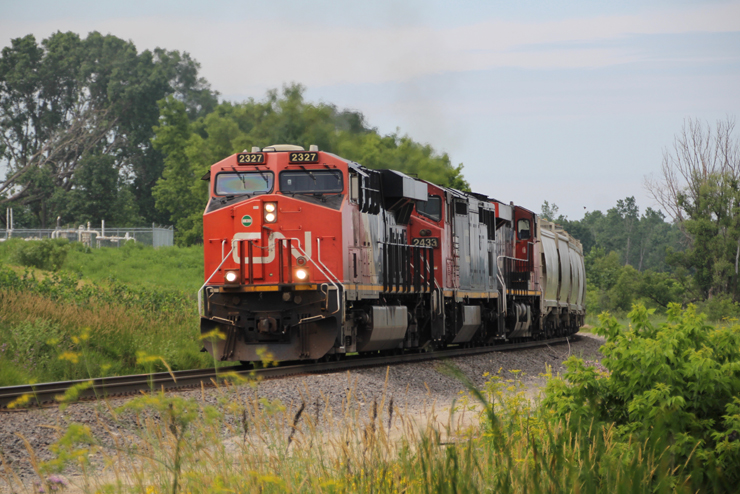
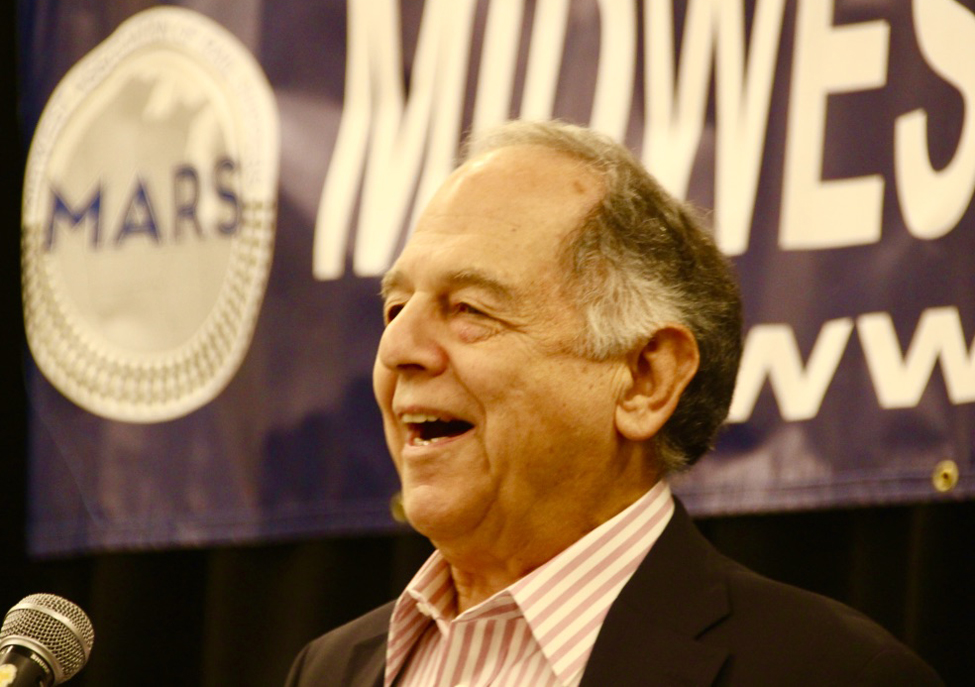
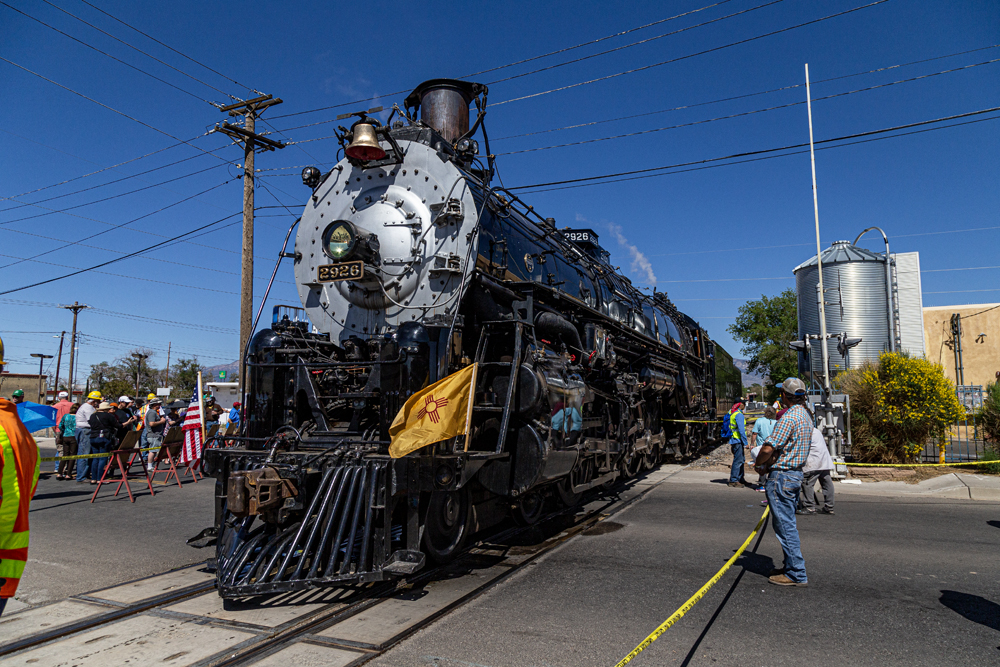




Since Covid-19 slammed the country shut down everything, including Amtrak along with the furlough of many Amtrak maintenance workers in Chicago, things seemed to have never return to normal. Reliability, maintenance and equipment availability has not returned to pre-Covid levels. I fully understand working outside in cold conditions the toll it takes on the worker, cold metal, and leaky rubber hoses, connector pins etc. It seems the further equipment moves away from mechanical methodology and moves into the world of electronics, reliability levels drop significantly under harsh conditions. Maybe also, on a whole we are becoming a society of unwilling to take on challenges, like bad weather, in fear of legal ramifications. Hope we get over this hurtle of equipment availability and get the long distance trains moving on-time again.
The older this equipment get the more problems will develop & the less reliable it will become most of this equipment is pre 2000. How many cars do you see on the road from the 1980’s & 90″s?? Are there any/many planes still flying commercial passenger routes that are from that time period except in third world countries. If they run the trains & they become stranded this peanut gallery mocks them if they don’t run the trains they still mock them. It reminds me of the game opinions & commentaries the next day from all the armchair quarterbacks.
Most of this equipment like P42’s and Amfleet/Horizon cars weren’t exactly built yesterday, and we’ve had way more snow and colder events in the Chicago area in recent times.
Yeah working outside sucks to say the least, I used to do on-call maintenance for the airlines at MDW and RFD. The colder it gets, the more likely things are going to break or leak, everything always works great in t-shirt weather. At the end of the day, usually just some delays, and sometimes things like potable water systems out of service.
AMTRAK post haste needs to identify whether it is cars or locomotives that are failing, and has quickly change its specs so that the new equipment they supposedly will order will not fail as their current new equipment is failing (shame on you Siemens).
Holy makeral, you old farts are sure engrossed in yesterday. I agree that Amtrak (particularly due to inept management decisions) is a sad disgrace today. Today’s management needs to focus on “how come” we cannot run in any condition? Listen to the employees!!!! What needs to be fixed? Is running shorter segments during the brutal weather the answer??? I would have to agree that running across N. Dakota and Montana might be ludicrous, but it looks like the Canadian and Skeena are running. How do they do it? The cancel culture for Amtrak seems to be the easy way out.
Well said, young flatulence, but yesterday was better. Way better.
A frigid sidebar…those 1970ish winters dealt the death blow to the Milwaukee.
This is the most ridiculous and lame excuse-filled event in Amtrak history. And it has had its share of ridiculous, self-destructive events.
Maybe we should bring Anne Robinson of Weakest Link fame to the next Amtrak BOD meeting so she can tell all of them one at a time and say, ‘You are Amtrak’s Weakest Link, Good Bye’
Not very all-weather, I too work on equipment outside part of the day. How many airlines cut service in excess of 50%? What was the money used for ? Must not be
Steam heated equipment no less in 76.
I see that VIA’S Canadian is running through the cold with equipment built in 1955.
I rode the Builder in late 1976 shortly after BN banned Amtrak’s SDP40F’s. It was -29F actual temperature.
Funny what could be done then vs now.
Mike, in Feb1976 my wife, me and our 6 month old daughter rode the Builder to Seattle, the International to Vancouver, the Super Continental to Montreal, the Adirondack to Albany/Rensselaer, then the Lake Shore Limited back to Chicago. The entire trip was on steam heated, postwar vintage equipment , our nights spent under Pullman blankets. We made ALL of our connections, ate full meals off of glass plates on linen tablecloths. Here we are, almost 50 years later and Amtrak is a total disaster. It is an inexcusable mess and insulting disgrace.
Ronald and Mike —– If we’re going to tell 1970’s “winter” stories, I have one not so happy. It was around 1973 to 1978, don’t recall the date, I rode from Boston to Toledo with no heat. At each stop along the way, crews (Penn Central or Conrail, depending on the date) tried to thaw the steam lines to no avail.
As someone (George Pins I believe) pointed out on these pages a day or so back, those crews no longer even exist.
Goes to show you that even into the Amtrak era, riders were treated to the Chicago split. Santa Fe or CBQ cars were in great shape, cars built for New York Central were beaters.
I think it may have been 1980, rode from Springfield (Massachusetts) to Toledo, my first trip on heritage cars rebuilt for HEP. (These may have been ex-UPRR.) This was my first time on an eastern LD that felt as luxurious as Amtrak’s western LDs. That lasted about a year, because around 1981 Amtrak cut back on food options on many trains including the Lakeshore.